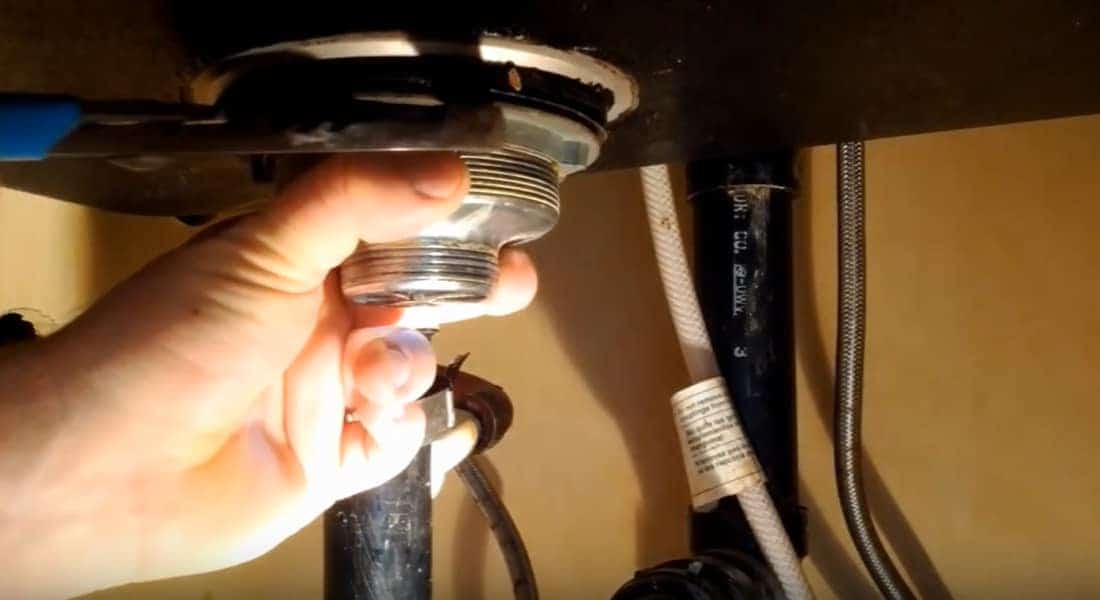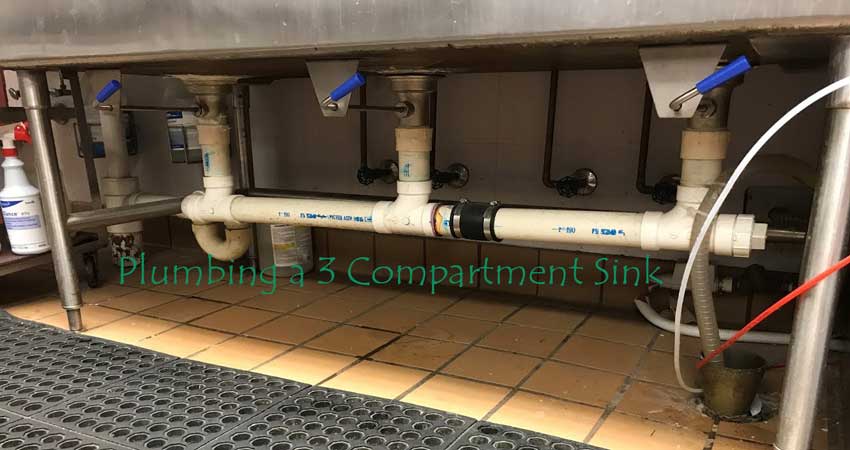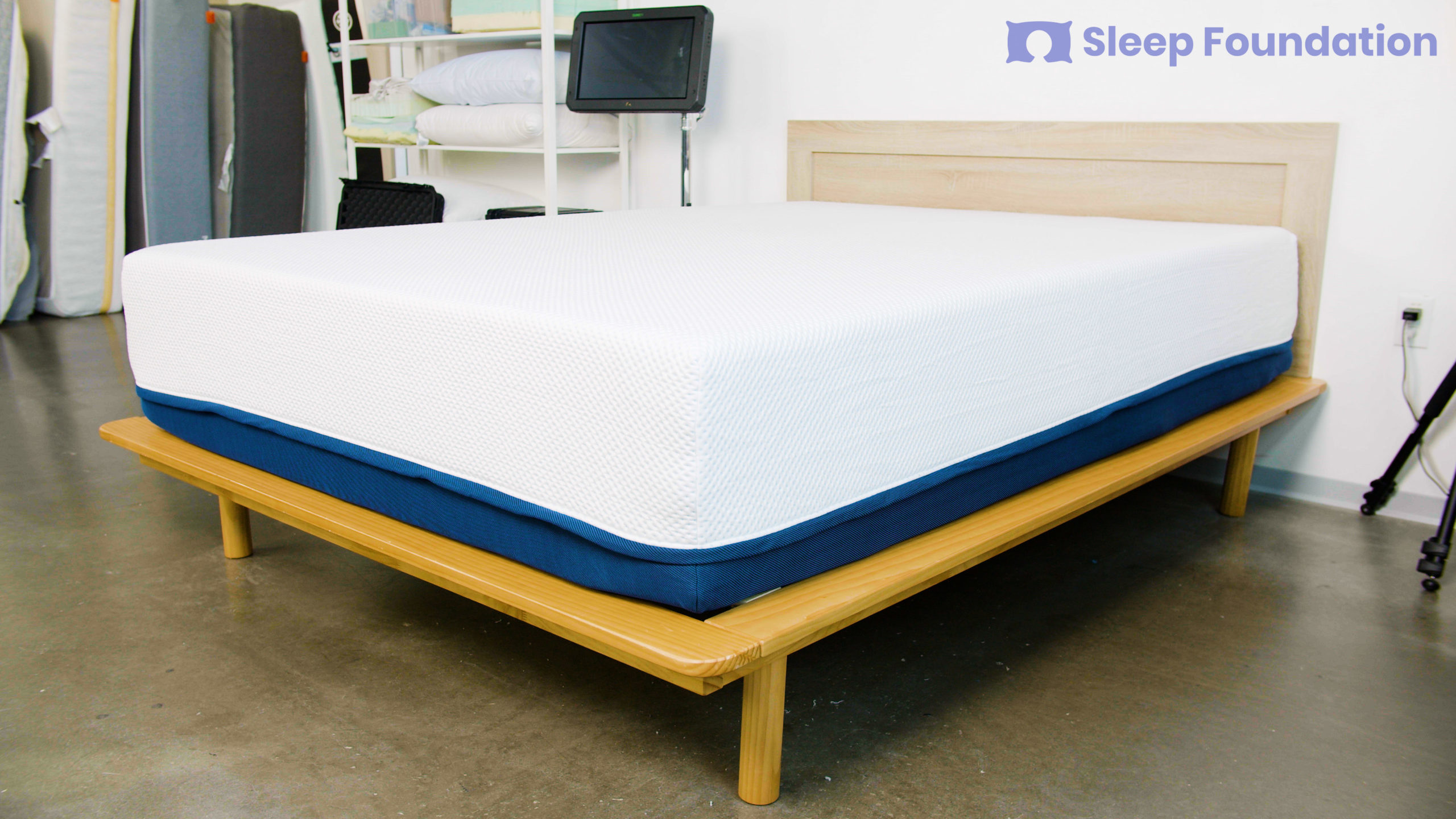Connecting a kitchen sink drain to PVC may seem like a daunting task, but with the right tools and knowledge, it can be done easily. PVC pipes are a popular choice for plumbing as they are durable, affordable, and easy to work with. In this article, we will guide you through the steps of connecting a kitchen sink drain to PVC, so you can do it yourself and save on plumber fees.How to Connect a Kitchen Sink Drain to PVC
Step 1: Gather your materials The first step in connecting a kitchen sink drain to PVC is to gather all the necessary materials. You will need a PVC pipe cutter, PVC primer, PVC cement, a hacksaw, a wrench, and a screwdriver. Make sure to choose the correct size of PVC pipes for your sink drain. Step 2: Remove the old drain pipe If you are replacing an old drain pipe, you will need to remove it first. Use a wrench to loosen the connections and a hacksaw to cut the old pipe. Make sure to clean the area and remove any debris before proceeding. Step 3: Cut the PVC pipes Using a PVC pipe cutter, cut the PVC pipes to the required length. Measure carefully to ensure a proper fit. It is recommended to add an extra inch to the length for adjustments. Step 4: Prime the pipes Before connecting the pipes, it is essential to prime them. Apply PVC primer to the outside of the pipes and the inside of the fittings. This will help the cement bond better and create a stronger connection. Step 5: Connect the pipes Once the pipes are primed, it's time to connect them. Insert the pipes into the fittings and twist them to ensure a tight fit. Use a wrench to tighten the connections further if needed. Step 6: Apply PVC cement Using a brush or an applicator, apply PVC cement to the outside of the pipes and the inside of the fittings. Make sure to coat the entire surface for a secure bond. Step 7: Secure the connections After applying the cement, hold the pipes in place for a few seconds to allow the cement to set. This will ensure that the connections are secure and leak-proof. Step 8: Reattach the sink drain Once the PVC pipes are connected, you can reattach the sink drain. Use a screwdriver to tighten the connections and make sure there are no leaks.Steps for Connecting a Kitchen Sink Drain to PVC
- Wear gloves and safety glasses when working with PVC pipes to protect your skin and eyes from chemicals and debris.Tips for Successfully Connecting a Kitchen Sink Drain to PVC
- Measure twice and cut once to avoid wasting materials.
- Use a hacksaw to cut the pipes if you don't have a PVC pipe cutter.
- Make sure to apply enough primer and cement for a strong bond.
- Allow the cement to dry completely before using the sink.
- Not priming the pipes properly before applying cement.Common Mistakes to Avoid When Connecting a Kitchen Sink Drain to PVC
- Using too much or too little cement.
- Not holding the pipes in place for long enough after applying cement.
- Connecting the pipes in the wrong order.
If you prefer visual instructions, you can find many helpful video tutorials online that demonstrate the steps for connecting a kitchen sink drain to PVC. Make sure to follow a reliable source and double-check the instructions before proceeding.Video Tutorial: How to Connect a Kitchen Sink Drain to PVC
If you encounter any problems while connecting a kitchen sink drain to PVC, here are some troubleshooting tips:Troubleshooting: Issues with Connecting a Kitchen Sink Drain to PVC
- If the pipes are not fitting properly, make sure they are the correct size and try sanding the edges for a better fit.
- If there is a leak, check the connections and make sure they are tight and properly cemented.
- If the pipes are leaking at the joints, you may need to disassemble and reapply primer and cement.
- If the sink is draining slowly, try using a plunger to clear any clogs.
If you are not confident in your DIY skills or encounter any major problems, it is best to seek professional help. A plumber will have the expertise and tools to connect your kitchen sink drain to PVC correctly and efficiently. With these steps and tips, you can successfully connect your kitchen sink drain to PVC and save on plumber fees. Just remember to take your time, be careful, and follow the instructions carefully. Happy plumbing!Professional Help: When to Call a Plumber for Connecting a Kitchen Sink Drain to PVC
How to Properly Connect Your Kitchen Sink Drain to PVC

Understanding the Importance of Proper Drainage in Your Kitchen
 When it comes to designing and renovating your home, the kitchen is often one of the most important areas to consider. Not only is it the heart of the home, but it is also a space where functionality and practicality are key. One crucial aspect of a well-designed kitchen is the drainage system, specifically the connection between the kitchen sink drain and the PVC pipes. This may seem like a small detail, but it plays a significant role in the overall functioning and maintenance of your kitchen. In this article, we will guide you on how to properly connect your kitchen sink drain to PVC, ensuring a smooth and efficient drainage system for your kitchen.
When it comes to designing and renovating your home, the kitchen is often one of the most important areas to consider. Not only is it the heart of the home, but it is also a space where functionality and practicality are key. One crucial aspect of a well-designed kitchen is the drainage system, specifically the connection between the kitchen sink drain and the PVC pipes. This may seem like a small detail, but it plays a significant role in the overall functioning and maintenance of your kitchen. In this article, we will guide you on how to properly connect your kitchen sink drain to PVC, ensuring a smooth and efficient drainage system for your kitchen.
Gather the Necessary Tools and Materials
 Before you begin connecting your kitchen sink drain to PVC, it is essential to gather all the necessary tools and materials. You will need an adjustable wrench, plumber's putty, a hacksaw, PVC primer and cement, and a rubber coupling or PVC slip joint. Make sure to also have a bucket and some rags on hand to catch any excess water and prevent a mess.
Before you begin connecting your kitchen sink drain to PVC, it is essential to gather all the necessary tools and materials. You will need an adjustable wrench, plumber's putty, a hacksaw, PVC primer and cement, and a rubber coupling or PVC slip joint. Make sure to also have a bucket and some rags on hand to catch any excess water and prevent a mess.
Removing the Old Drain Assembly
 The first step in connecting your kitchen sink drain to PVC is to remove the old drain assembly. To do this, place a bucket under the sink to catch any water, and then use an adjustable wrench to loosen and remove the nut connecting the drain pipe to the bottom of the sink. Next, you will need to remove the old drain basket by unscrewing it from the drain opening. This may require some force, so be careful not to damage the sink or the drain pipes.
The first step in connecting your kitchen sink drain to PVC is to remove the old drain assembly. To do this, place a bucket under the sink to catch any water, and then use an adjustable wrench to loosen and remove the nut connecting the drain pipe to the bottom of the sink. Next, you will need to remove the old drain basket by unscrewing it from the drain opening. This may require some force, so be careful not to damage the sink or the drain pipes.
Preparing the New Drain Assembly
 Once the old drain assembly has been removed, it is time to prepare the new one. Apply a thin layer of plumber's putty around the underside of the new drain basket, then insert it into the drain opening and tighten it using a wrench. Make sure it is securely in place before moving on to the next step.
Once the old drain assembly has been removed, it is time to prepare the new one. Apply a thin layer of plumber's putty around the underside of the new drain basket, then insert it into the drain opening and tighten it using a wrench. Make sure it is securely in place before moving on to the next step.
Connecting the PVC Pipes
 Now it is time to connect the PVC pipes to the drain assembly. First, measure and cut a piece of PVC pipe to fit between the drain assembly and the existing PVC drain line. Use a hacksaw to make a clean and straight cut. Then, apply PVC primer to the end of the pipe and the inside of a rubber coupling or PVC slip joint. Connect the pipe to the drain assembly and tighten the coupling using a wrench.
Now it is time to connect the PVC pipes to the drain assembly. First, measure and cut a piece of PVC pipe to fit between the drain assembly and the existing PVC drain line. Use a hacksaw to make a clean and straight cut. Then, apply PVC primer to the end of the pipe and the inside of a rubber coupling or PVC slip joint. Connect the pipe to the drain assembly and tighten the coupling using a wrench.
Securing the Connection
 To ensure a secure connection, use PVC cement to glue the pipe and coupling together. Apply a thin layer of cement to the pipe and coupling, then slide them together and hold in place for a few seconds to allow the cement to set. Once the connection is secure, wipe away any excess cement with a rag.
To ensure a secure connection, use PVC cement to glue the pipe and coupling together. Apply a thin layer of cement to the pipe and coupling, then slide them together and hold in place for a few seconds to allow the cement to set. Once the connection is secure, wipe away any excess cement with a rag.
Testing the Connection
 Before using your sink, it is crucial to test the connection to ensure there are no leaks. Pour some water down the sink and check for any leaks or drips. If everything looks good, congratulations, you have successfully connected your kitchen sink drain to PVC!
In conclusion, paying attention to even the smallest details in your kitchen design, such as the connection between the sink drain and PVC pipes, can make a significant difference in the functionality and maintenance of your space. By following these steps and using the right tools and materials, you can easily and properly connect your kitchen sink drain to PVC, ensuring a smooth and efficient drainage system for your kitchen.
Before using your sink, it is crucial to test the connection to ensure there are no leaks. Pour some water down the sink and check for any leaks or drips. If everything looks good, congratulations, you have successfully connected your kitchen sink drain to PVC!
In conclusion, paying attention to even the smallest details in your kitchen design, such as the connection between the sink drain and PVC pipes, can make a significant difference in the functionality and maintenance of your space. By following these steps and using the right tools and materials, you can easily and properly connect your kitchen sink drain to PVC, ensuring a smooth and efficient drainage system for your kitchen.














/how-to-install-a-sink-drain-2718789-hero-b5b99f72b5a24bb2ae8364e60539cece.jpg)



























